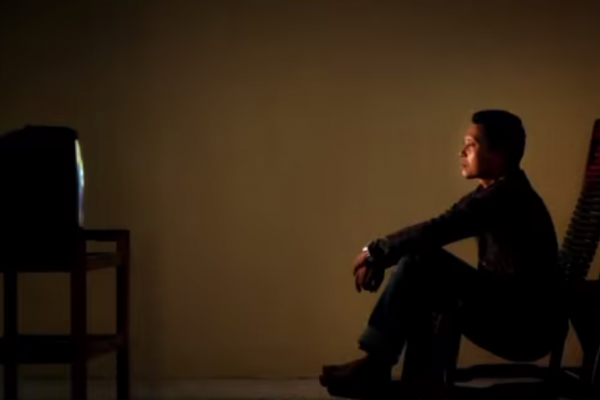Aug 7, 2015
On a macro level, however, The Look of Silence is equally important in its examinations of evil, guilt, consequence, and forgiveness. It’s a horrifying document of the cruelty humans are capable of, and the ways we try to justify our sins, especially those that are very clearly unjustified. It’s also an incredible example of the courage and grace to seek reconciliation — which, through Adi’s example, Oppenheimer shows we’re equally capable of. The Look of Silence is required viewing, equal parts frightening and beautiful, much like the landscape it portrays.
Read the Full Article

Already a subscriber? Login
